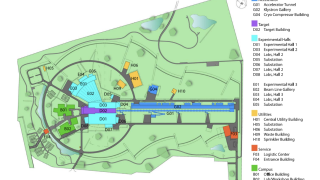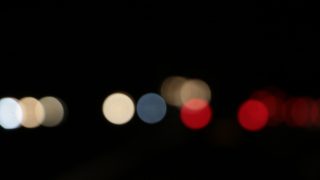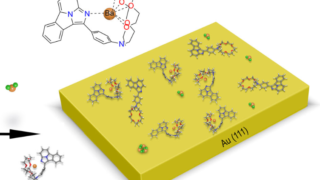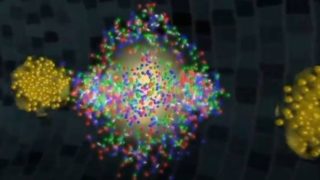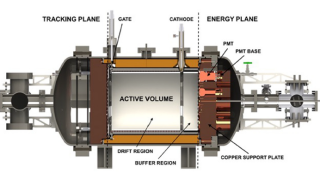
First neutrinoless double beta decay search with a NEXT detector
Deep below the Spanish side of the Pyrenees, we find the LSC (Laboratorio Subterráneo de Canfranc – Canfranc Underground Laboratory), where the NEXT experiment is taking place. Its goal is one of the remaining holy grails of particle physics: the proof that the neutrino is its own antiparticle, a result with profound meaning not only […]
